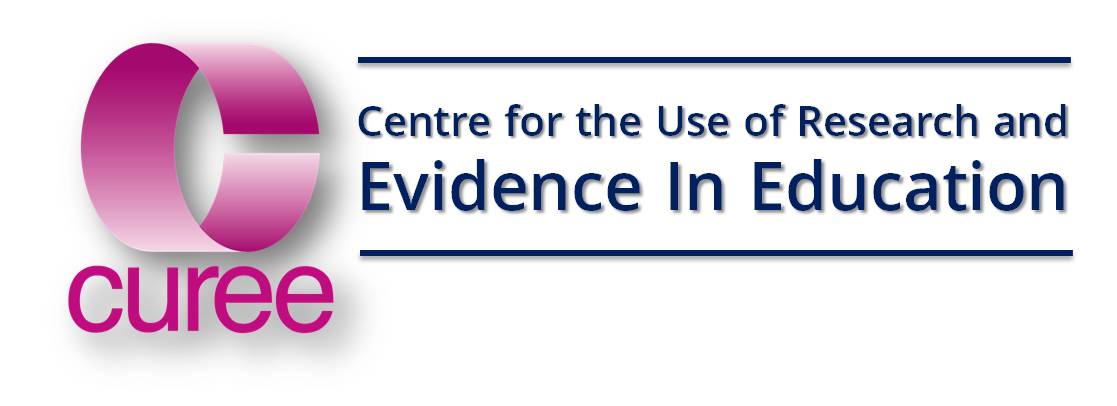Studies and reports explicitly cited (numbers refer)
1. Closing the Gap and professional learning: Two targets for a national project”, P Cordingley, P Crisp & B Crisp, Mobilising Teacher Researchers: Challenging Educational Inequality (Routledge, 2018)
2. https://www.phf.org.uk/wp-content/uploads/2018/01/PHF_Teacher_Development_Fund_CUREE_Evaluation.pdf
3. http://www.curee.co.uk/files/shared/Response%20to%20Intervention%202014.pdf
5. https://wellcome.ac.uk/sites/default/files/developing-great-subject-teaching.pdf
6. https://www.intofilm.org/resources/2664/annual-review-2015-16.pdf
7. https://educationendowmentfoundation.org.uk/public/files/EEF_Project_Report_IRIS.pdf
8. Jang, E. E., Dunlop, M., Wagner, M., Kim, Y.-H., & Gu, Z. (2013). Elementary school ELLs’ reading skill profiles using cognitive diagnosis modeling: Roles of length of residence and home language environment. Language Learning, 63(3), 400-436
9. Jang, E. E., Lajoie, S. P., Wagner, M., Xu, Z., Poitras, E., & Naismith, L. (2017). Person-Oriented Approaches to Profiling Learners in Technology-Rich Learning Environments for Ecological Learner Modeling. Journal of Educational Computing Research, 55(4), 552-597
10 a. https://educationendowmentfoundation.org.uk/projects-and-evaluation/projects/magic-breakfast
10 b. https://educationendowmentfoundation.org.uk/projects-and-evaluation/projects/lit-programme/
10 d. https://educationendowmentfoundation.org.uk/projects-and-evaluation/projects/reach/
Methodological, psychometric and systematic review publications include:
· Jang, E. E., Vincett, M., vander Boom, E., Lau, C., & Yang, Y. B. (in press). Considerations for innovative young learner assessment design and use. In M. K. Wolf & Y. G. Butler (Eds.), English language proficiency assessments for young learners. London, UK: Routledge Taylor & Francis Group.
· Perry, T. (2018). ‘Phantom’ Compositional Effects in English School Value-Added Measures: The Consequences of Random Baseline Measurement Error. Research Papers in Education. https://doi.org/10.1080/02671522.2018.1424926.
· Putwain, D. W., Symes, W., Nicholson, L. J., & Becker, S. (2018). Achievement goals, behavioural engagement, and mathematics achievement: A mediational analysis. Learning and Individual Differences, 68, 12-19.
· Perry, T. (2017). Inter-method reliability of school effectiveness measures: a comparison of value-added and regression discontinuity estimates. School Effectiveness and School Improvement. Available: http://dx.doi.org/10.1080/09243453.2016.1203799
· Shute, V., Leighton, J.P., Jang, E.E., & Chu, M-W. (2016). Advances in the science of assessment. Educational Assessment, 21(1), 1-27.
· Douglas, G., McLinden, M., Robertson, C., Travers, J., and Smith, E. (2016) Including pupils with special educational needs and disability in national assessment: Comparison of three country case studies through an inclusive assessment framework. International Journal of Disability, Development and Education, 63(1), 98-121.
· Davison, I., Harrison, T., Hayes, D., et al. (2016) How to assess children’s virtue literacy: methodological lessons learnt from the Knightly Virtues programme. Journal of Beliefs & Values, 1-13.
· Clarke, P., Crawford, C., Steele, F., & Vignoles, A. (2015). Revisiting fixed-and random-effects models: some considerations for policy-relevant education research. Education Economics, 23(3), 259-277.
· Jang, E. E., Wagner, M., & Park, G. (2014). Mixed methods research in language testing and assessment. Annual Review of Applied Linguistics, 34, 1-31.
Douglas, G., Travers, J., McLinden, M., Robertson, C., Smith, E., Macnab, N., ... & Lacey, P. (2012). Measuring educational engagement, progress and outcomes for children with special educational needs: A review. NCSE: Trim. Available: http://ncse.ie/wp-content/uploads/2014/10/Outcomes26_11_12Acc.pdf
